The status of women in Japan is changing and the Japanese language is being modified along with it. Let’s see how women are viewed these days by surveying some of the modern Japanese words used to describe them.
Women in Japan Series
Women have been prohibited from doing certain things (entering places, using facilities, etc.) for as long as civilization has existed. Restrictions are still common, albeit usually in religious contexts only. While religions themselves evolve and change with the times and bans are lifted, it doesn’t mean all of them get an update.
As women, we all know the purported reasons behind these bans: women are “impure” because we menstruate (the same impure biological process that allows us to give life to men), we are the physically weaker sex, and we distract men with our beauty. Yada, yada, yada.
Today, in our Women in Japan Series, we take a look at four things women are still not allowed to do in Japan. I’ve divided them into bans and semi-bans. Bans allow no women; semi-bans allow women–but only sometimes.
Of course, it’s high time these restrictions were lifted. While much headway has been made in the past, such as the lifting of the rule preventing women from climbing Mount Fuji, other bans are proving more stubborn despite protests by Japanese women’s groups. Will these restrictions be lifted anytime soon? Only the Japanese people can decide.
According to the Global Entrepreneur Development Index (GEDI) that measures favorable conditions for women entrepreneurs, the US and Australia are ranked first and second respectively, while Japan places fifteenth, just behind Peru. Yet Japan fulfills many of the requirements to create a successful female entrepreneurial environment such as education, skills and access to capital.
In addition, women in Japan can overcome obstacles such as low salaries, long work hours and scant child-rearing options by owning their own businesses and calling the shots. So, what’s holding Japanese women back? It turns out that a large part of it may be Japanese women themselves.
Prime Minister Shinzo Abe’s “womenomics” scheme aims to get more women into the workforce in order to combat the shrinking and aging population and help spur the Japanese economy. While I believe women can save Japan, I don’t think it’ll be through womenomics. As any Japanese woman can tell you, it’s not as easy as it should be for females to work full-time in this country. In the Japanese business world, companies are loath to offer working conditions that males and females alike enjoy in other developed countries, such as reasonable work hours (40 hours a week with optional overtime), work sharing, flexitime and working from home. Whereas in the West the attitude is that as long as you get your work done on time, it doesn’t matter how you do it, in Japan emphasis is more on the hours put in at the office to show your loyalty to the company. Add to that additional cultural biases against gender, age, experience and returning to work after raising children, and you have a recipe for “eternal housewife.”
Clearly, the problem is deeper than merely hiring more women, or adding more day care centers, both actions Abe is pushing. But the good news is that there is a group of women who are beating the system, and who have been for some time now.
This week, as part of our Women in Japan Series, we introduce you to three female entrepreneurs who have successfully forged ahead in the business world by defining their own terms. They can support themselves financially, are able to live more freely, have time for their children and families, and work fewer hours than they’d have to in the corporate world. And the best thing about it? They’re regular women, just like you, me, or your partner. Drum roll please…
We at RocketNews24 previously told you about the awesome Wushu World Champion women fighters. While Japan has plenty of women who participate in Wushu (and have done rather well) more Japanese women have made names for themselves in karate, judo and taekwondo.
Japan leads the world in women’s judo and karate. Both are gendai budo martial arts, or modern Japanese martial arts that started from or after the Meiji Restoration (1866–1869). The ancient martial arts, such as jujitsu or naginatajutsu, predate the Meiji Restoration.
Women’s Judo, an Olympic sport, wasn’t instituted until the 1992 Barcelona Olympic games. While karate is not an Olympic sport, Japanese women have achieved top results in the Asian Games, the Karate World Championships, and the World Games. Japan also has a top woman in the traditional Korean martial art of taekwondo.
Let’s take a closer look at these leading Japanese martial arts practitioners who, even on a bad day could kick our collective arses.
If asked which traditional Japanese arts are female-only, the first thing that comes to mind for most foreigners is probably geisha. Following that, most people might guess tea ceremony, ikebana (flower arrangement) or calligraphy. But tea ceremony and ikebana had connections to Buddhism and were started in Japan by Buddhist priests. Still today many masters in these two disciplines are men. Calligraphy was brought over from China and both men and women practiced by copying Chinese letters. Only later did Japan develop its own form of calligraphy which is still practiced today by both sexes.
In this article, we introduce five strictly female Japanese arts, a couple of which you may have never heard of before. In addition to everyone’s favorite, the geisha, we introduce the world’s only all-female revue, naginata swords for women, itako female fortune-tellers and the mysterious naked sea nymphs: the ama pearl divers.
We at RocketNews24 previously told you about 10 Things Japan Gets Awesomely Right. Now we want to tell you about ten more things that are equally awesome, but especially for women in Japan. It doesn’t mean that men don’t also find these things impressive, but we’re betting that some of these have never been noticed by men, because, well, they were designed with women in mind.
Every woman likes to be pampered every now and then, and in Japan it’s just too easy to get used to some of the every day niceties we enjoy! Of course the Japanese are known for being polite, which helps tremendously to get through any stressful day, but Japan goes that extra step sometimes to make things that much nicer. After all, it’s the little things in life that matter, right?
So here’s our list of 10 things that make it so darn nice to be a woman in Japan. Get ready, ’cause you’re gonna love these!
It’s no secret that Japan continually lands at the bottom in global gender gap reports. In 2012, the World Economic Forum ranked Japan 101 in regard to women’s participation in the economy and politics. In 2013, Japan placed 105 (out of 135 countries), putting it behind Burkina Faso in gender equality.
Based on these findings, you may think it doesn’t seem like Japan is a very good country for women, but you’d be wrong. While there are huge shortcomings in gender gaps in the workplace, economy and politics, in other sectors of Japanese society some would would argue that Japanese women have “too much” power.
Let’s take a look at five areas where women are most powerful in Japan.
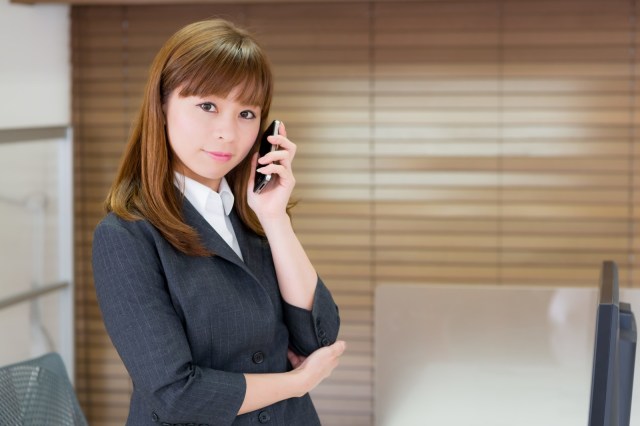
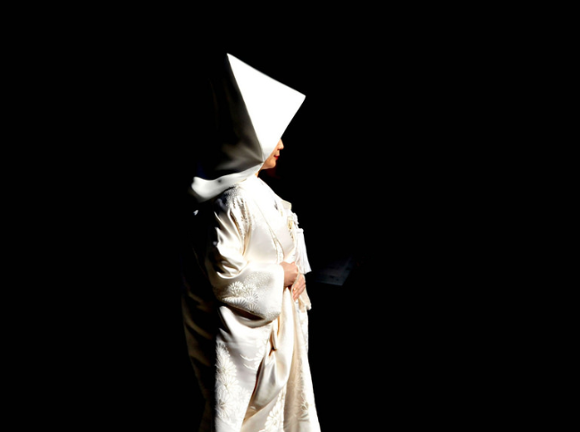
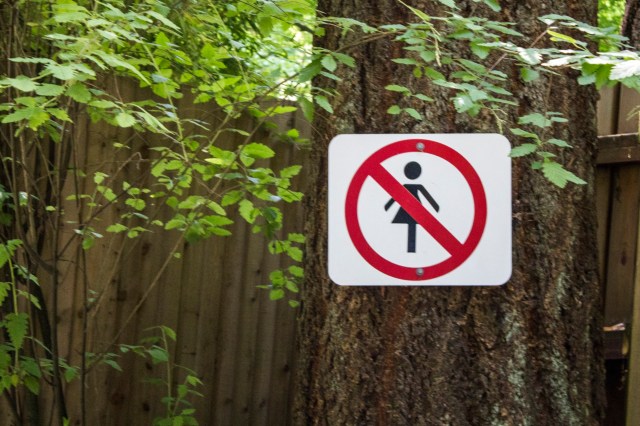

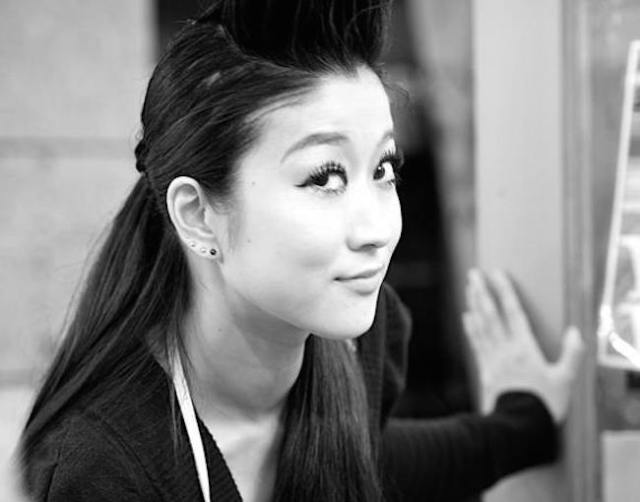
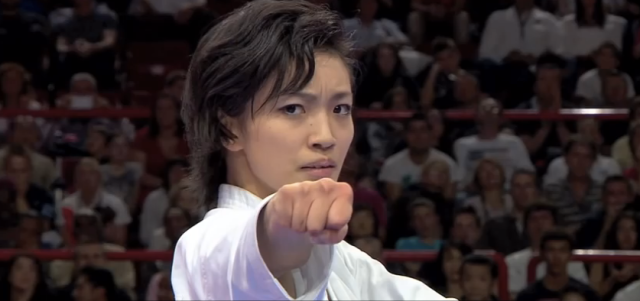
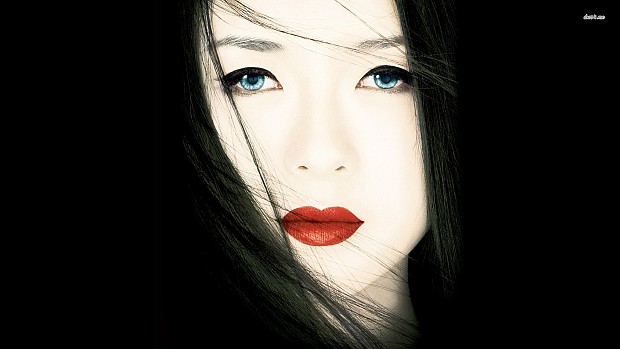
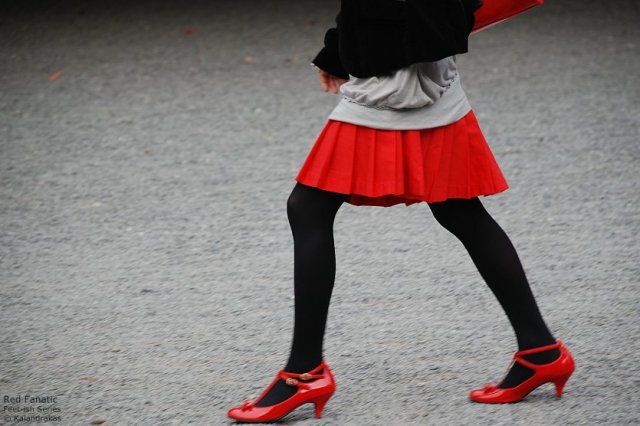

 We found possibly the quietest Japanese-style hotel in Tokyo’s bustling Shinjuku district
We found possibly the quietest Japanese-style hotel in Tokyo’s bustling Shinjuku district Japanese thug wear from Birth Japan perfect for those breaking bad next year
Japanese thug wear from Birth Japan perfect for those breaking bad next year Nagoya’s dark-red miso has continued to capture tastebuds for generations
Nagoya’s dark-red miso has continued to capture tastebuds for generations Survey finds more than 70 percent of Japanese children have an online friend
Survey finds more than 70 percent of Japanese children have an online friend 7 great places to see Mt. Fuji from without having to climb it
7 great places to see Mt. Fuji from without having to climb it What’s the best way to spend 1,000 yen at Denny’s in Japan?
What’s the best way to spend 1,000 yen at Denny’s in Japan? The world’s biggest Muji store opened in Hiroshima, and we went to check it out!
The world’s biggest Muji store opened in Hiroshima, and we went to check it out! Say hello to the Big Bomb Onigiri, a beast of a Japanese rice ball
Say hello to the Big Bomb Onigiri, a beast of a Japanese rice ball 7 reasons why you should visit Aomori Prefecture
7 reasons why you should visit Aomori Prefecture Chiikawa Bakery launches a limited-time menu of sunburned characters and refreshing drinks
Chiikawa Bakery launches a limited-time menu of sunburned characters and refreshing drinks Starbucks Japan ready to get Year of the Horse started with adorable drinkware and plushies【Pics】
Starbucks Japan ready to get Year of the Horse started with adorable drinkware and plushies【Pics】 7-Eleven Japan’s ramen-cooking robot whipped us up a bowl of noodles【Taste test】
7-Eleven Japan’s ramen-cooking robot whipped us up a bowl of noodles【Taste test】 Lacquerware supplier to emperor of Japan and Pokémon team up for new tableware
Lacquerware supplier to emperor of Japan and Pokémon team up for new tableware Cyberpunk anime meets traditional culture in Ghost in the Shell gold leaf Japanese changing screens
Cyberpunk anime meets traditional culture in Ghost in the Shell gold leaf Japanese changing screens Japan may add Japanese language proficiency, lifestyle classes to permanent foreign resident requirements
Japan may add Japanese language proficiency, lifestyle classes to permanent foreign resident requirements Hello Kitty Choco Egg figures are an adorable trip through three periods of Japanese pop culture【Pics】
Hello Kitty Choco Egg figures are an adorable trip through three periods of Japanese pop culture【Pics】 Japan’s otoshidama tradition of giving kids money at New Year’s gets a social welfare upgrade
Japan’s otoshidama tradition of giving kids money at New Year’s gets a social welfare upgrade Starbucks Japan releases new zodiac chilled cup drink for 2026
Starbucks Japan releases new zodiac chilled cup drink for 2026 Can a dirty butthole make you filthy rich in Japan? We’re starting a New Year’s lottery experiment
Can a dirty butthole make you filthy rich in Japan? We’re starting a New Year’s lottery experiment 7-Eleven Japan starts new temporary luggage storage service in over 300 branches
7-Eleven Japan starts new temporary luggage storage service in over 300 branches Disillusionment at Tsukiji’s tourist-target prices led us to a great ramen restaurant in Tokyo
Disillusionment at Tsukiji’s tourist-target prices led us to a great ramen restaurant in Tokyo Starbucks teams up with 166-year-old Kyoto doll maker for Year of the Horse decorations【Photos】
Starbucks teams up with 166-year-old Kyoto doll maker for Year of the Horse decorations【Photos】 Tokyo considering law requiring more trash cans following litter increase in heavily touristed area
Tokyo considering law requiring more trash cans following litter increase in heavily touristed area Tokyo’s Tsukiji sushi neighborhood asks tour groups to stay away for the rest of the month
Tokyo’s Tsukiji sushi neighborhood asks tour groups to stay away for the rest of the month Nintendo’s Kirby now delivering orders at Kura Sushi restaurants, but not in Japan
Nintendo’s Kirby now delivering orders at Kura Sushi restaurants, but not in Japan Tokyo event lets you travel back in time, for free, to celebrate 100 years since Showa era start
Tokyo event lets you travel back in time, for free, to celebrate 100 years since Showa era start Sanrio theme park in Japan announces plans to expand into a Sanrio resort
Sanrio theme park in Japan announces plans to expand into a Sanrio resort Stamina-destroying “Paralysis Noodles” are Tokyo’s newest over-the-top ramen innovation
Stamina-destroying “Paralysis Noodles” are Tokyo’s newest over-the-top ramen innovation Survey asks foreign tourists what bothered them in Japan, more than half gave same answer
Survey asks foreign tourists what bothered them in Japan, more than half gave same answer Japan’s human washing machines will go on sale to general public, demos to be held in Tokyo
Japan’s human washing machines will go on sale to general public, demos to be held in Tokyo Japan’s deadliest food claims more victims, but why do people keep eating it for New Year’s?
Japan’s deadliest food claims more victims, but why do people keep eating it for New Year’s? We deeply regret going into this tunnel on our walk in the mountains of Japan
We deeply regret going into this tunnel on our walk in the mountains of Japan Studio Ghibli releases Kodama forest spirits from Princess Mononoke to light up your home
Studio Ghibli releases Kodama forest spirits from Princess Mononoke to light up your home Major Japanese hotel chain says reservations via overseas booking sites may not be valid
Major Japanese hotel chain says reservations via overseas booking sites may not be valid Put sesame oil in your coffee? Japanese maker says it’s the best way to start your day【Taste test】
Put sesame oil in your coffee? Japanese maker says it’s the best way to start your day【Taste test】 No more using real katana for tourism activities, Japan’s National Police Agency says
No more using real katana for tourism activities, Japan’s National Police Agency says Starbucks Japan reveals new sakura drinkware collection, inspired by evening cherry blossoms
Starbucks Japan reveals new sakura drinkware collection, inspired by evening cherry blossoms Updated cherry blossom forecast shows extra-long sakura season for Japan this year
Updated cherry blossom forecast shows extra-long sakura season for Japan this year What’s the best way to spend 1,000 yen at Denny’s in Japan?
What’s the best way to spend 1,000 yen at Denny’s in Japan? The world’s biggest Muji store opened in Hiroshima, and we went to check it out!
The world’s biggest Muji store opened in Hiroshima, and we went to check it out! Say hello to the Big Bomb Onigiri, a beast of a Japanese rice ball
Say hello to the Big Bomb Onigiri, a beast of a Japanese rice ball 7 reasons why you should visit Aomori Prefecture
7 reasons why you should visit Aomori Prefecture Chiikawa Bakery launches a limited-time menu of sunburned characters and refreshing drinks
Chiikawa Bakery launches a limited-time menu of sunburned characters and refreshing drinks 7-Eleven Japan’s ramen-cooking robot whipped us up a bowl of noodles【Taste test】
7-Eleven Japan’s ramen-cooking robot whipped us up a bowl of noodles【Taste test】 What are you supposed to do with your backpack on a crowded train in Japan?
What are you supposed to do with your backpack on a crowded train in Japan? Hey, Japanese taxi driver! Take us to the best Turkish rice restaurant in Nagasaki!
Hey, Japanese taxi driver! Take us to the best Turkish rice restaurant in Nagasaki! Take it From a Native! Recipe for Delicious Japanese Curry as Found at Coco Ichiban
Take it From a Native! Recipe for Delicious Japanese Curry as Found at Coco Ichiban Unique inclined elevator in Japan leads to a town that inspired Studio Ghibli’s Spirited Away
Unique inclined elevator in Japan leads to a town that inspired Studio Ghibli’s Spirited Away Japanese Lolita fashion designers create amazing Madoka Magica dresses
Japanese Lolita fashion designers create amazing Madoka Magica dresses Sumo Sanrio! Hello Kitty and pals team up with Japan Sumo Association for new merch【Pics】
Sumo Sanrio! Hello Kitty and pals team up with Japan Sumo Association for new merch【Pics】 Cyberpunk anime meets traditional culture in Ghost in the Shell gold leaf Japanese changing screens
Cyberpunk anime meets traditional culture in Ghost in the Shell gold leaf Japanese changing screens 25-year bond between man and fish in Chiba touches the world【Video】
25-year bond between man and fish in Chiba touches the world【Video】